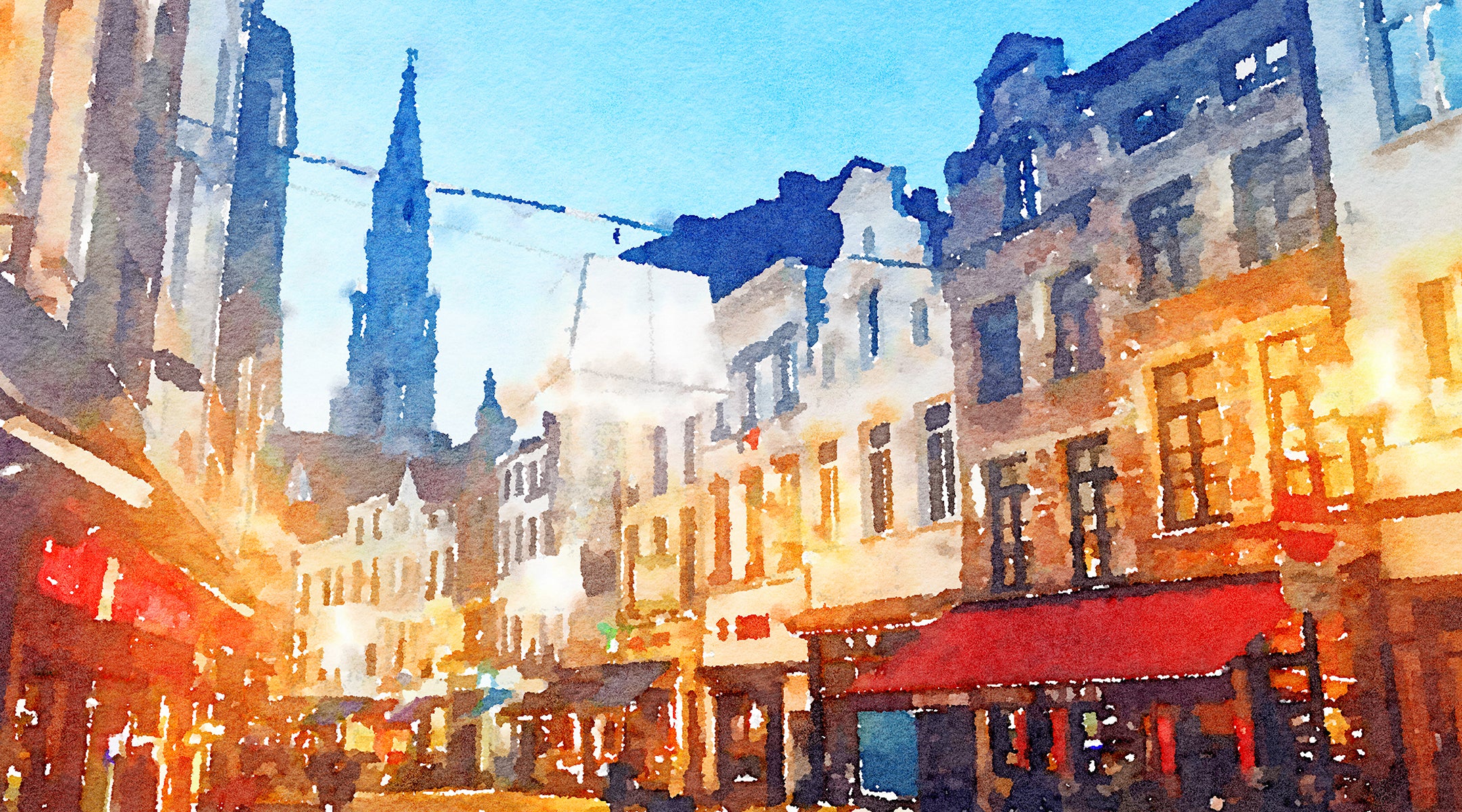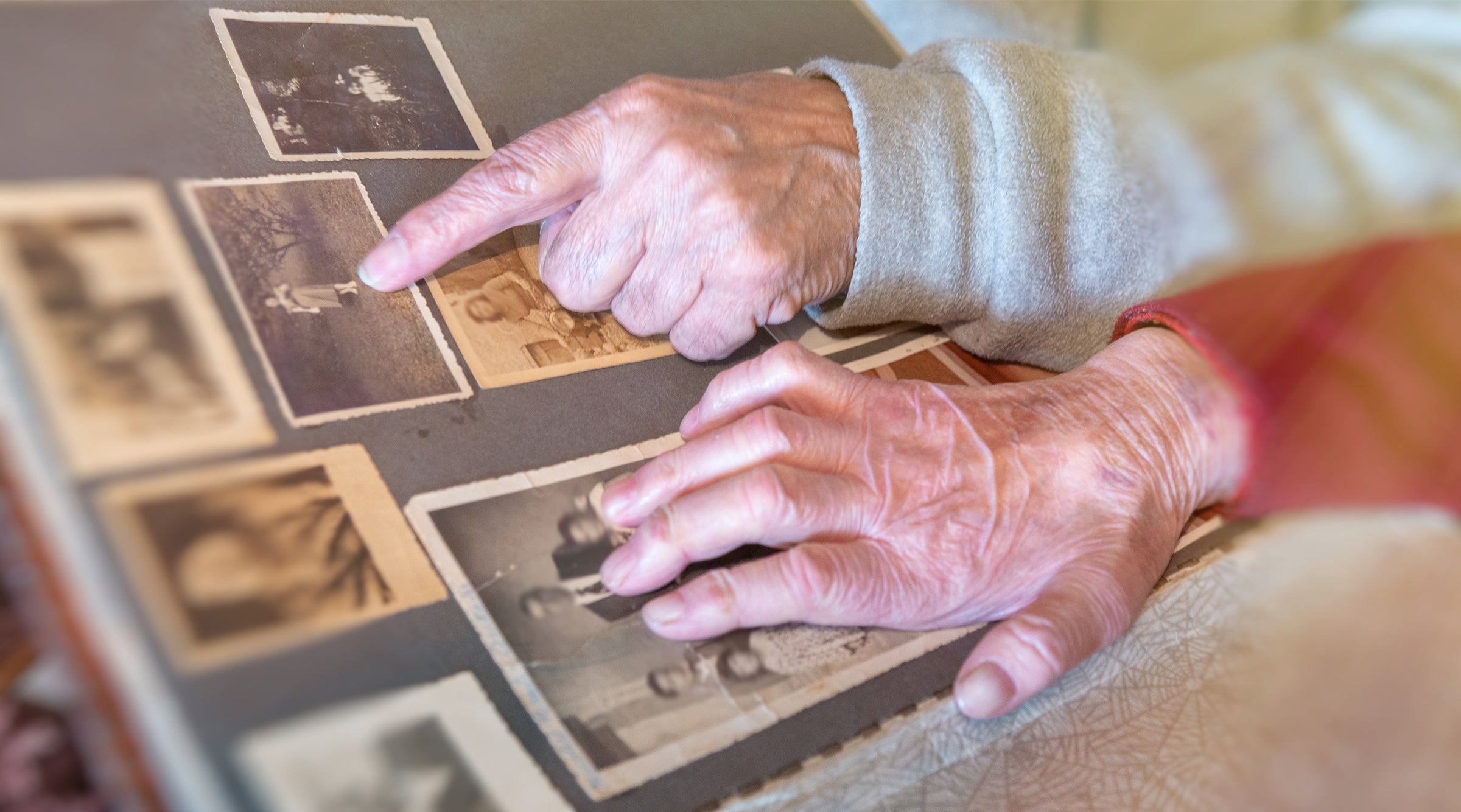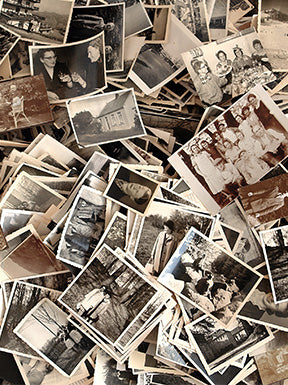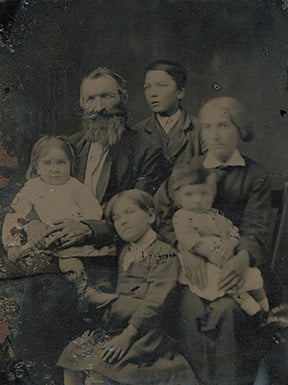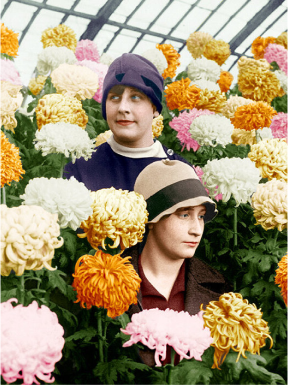A picture is powerful enough to immortalize the moment and help us travel back in time. But like everything in life, it is impermanent and has its point of fragility—environmental conditions or unfortunate events can damage its physical form.
Thanks to the experienced artists and the great tools we have today, we can scan and repair photos digitally to preserve history. Returning faded or damaged portraits and moments in time to their original glory requires a deep understanding of photography, art, and even anatomy. Greatly important is also the handling of delicate, in many cases, irreplaceable items.
Here are some important points to consider when restoring a photo. Let’s dive in.
Each photo is unique
Is the photo torn or damaged by light, humidity, and temperature? Was it caught in a flood or fire? Is it stuck to glass? Does it have fingerprints or scratches?
There’s no one-size-fits approach to restoring all photos. Each photo has a journey to its current damaged state, just as unique are its needs for restoration.
The real photo restoration process starts even before touching the picture. Spending time with the image to consider the era it came from, the materiality and texture of the original is literally the first step. Gazing at the photo, eyes moving around and simply taking it in. Identifying the problems and asking ‘’What is it that I want to achieve and which aspects are of highest priority to improve,’’ help to set the goals.
Keep in mind that there’s no silver bullet or Artificial Intelligence app that can make miracles happen with a severely damaged picture in a flash. It takes time and meticulous skill to restore a photo.
Integrity requires time
I can’t stress enough how important it is to be patient while restoring a photo. Each photo deserves the utmost care and respect. Removing one blemish or speck at a time can add up and become a lengthy process. It is a great way to practice being present, beneficial beyond the professionalism of photo restoration.
Restoration done with integrity means this work upholds a sound set of artistic values. The goal is to give damaged photos new life, which strives to be authentic to their original form. No need to simply crop tattered edges of a photo to impede upon the image (unless the customer requests).
One shouldn’t just blur out damaged parts to cover things up or use auto contrast settings to brighten up a faded photo. With skill and knowing one’s tools, every detail can be fixed and every pixel cared for.
Here at Facsimile, out of respect for the unique needs of each photo and the artistry behind service, any given restoration or colorization project only costs as long as it will take. No matter the difficulty of the restoration, every minute is $2.
Color is complex
There is color restoration when a color photo has lost its pizazz, or as many photos have, reddened or yellowed over time. These can be fairly simple fixes, and sometimes they can be demanding adventures correcting the most radical and miniscule color woes. A well-versed understanding of color theory, color, and light balancing come into play to revive and brighten an image to what it once was.
And the second, very different route is photo colorization. Here a black and white photo becomes colorful. Playfully reminiscent of paint by numbers, except much more intricate. Realistic colorization requires creating and working with a multitude of layers, an understanding of grayscale as it translates to different shades of colors, and a subtle integration of scientifically and historically relevant color palettes.
We wouldn’t expect to see anyone wearing neon yellow and hot pink outfits in the early 1920s. But through verified reference imagery and research, we could expect aubergines, taupes, dirty blue colors- overall softer and richer palettes. Inspired by this, or informed through customer’s guidance with color allows a more accurate representation of an era.
Another consideration is with color opacity and depth. For instance, human skin color is not composed of a single tone like the characters in The Simpsons. All skin tones are different, and artists work with varying opacity and layers of pinks, reds, yellows, browns, and blues to make the skin look as natural as possible.
Scenery or people are lit in varying color casts during different times of day or in different conditions. For instance, colors look warmer during the golden hour, also known as the magic hour. During the blue hour, when the Sun is below the horizon, everything looks in colder colors. Indoors, various light sources evoke different tones. Even though it’s not always possible to know the exact time that the picture was taken, or what kind of light bulb was present, understanding how light and color work greatly improves and informs photographs.
My experiences as an artist have given me a deep understanding of the importance of cherishing delicate and oftentimes irreplaceable photographs. Whatever condition your photos are in or your desired outcome, I’ll treat each item with the utmost care and attention. Service with integrity, you can contact me here.


